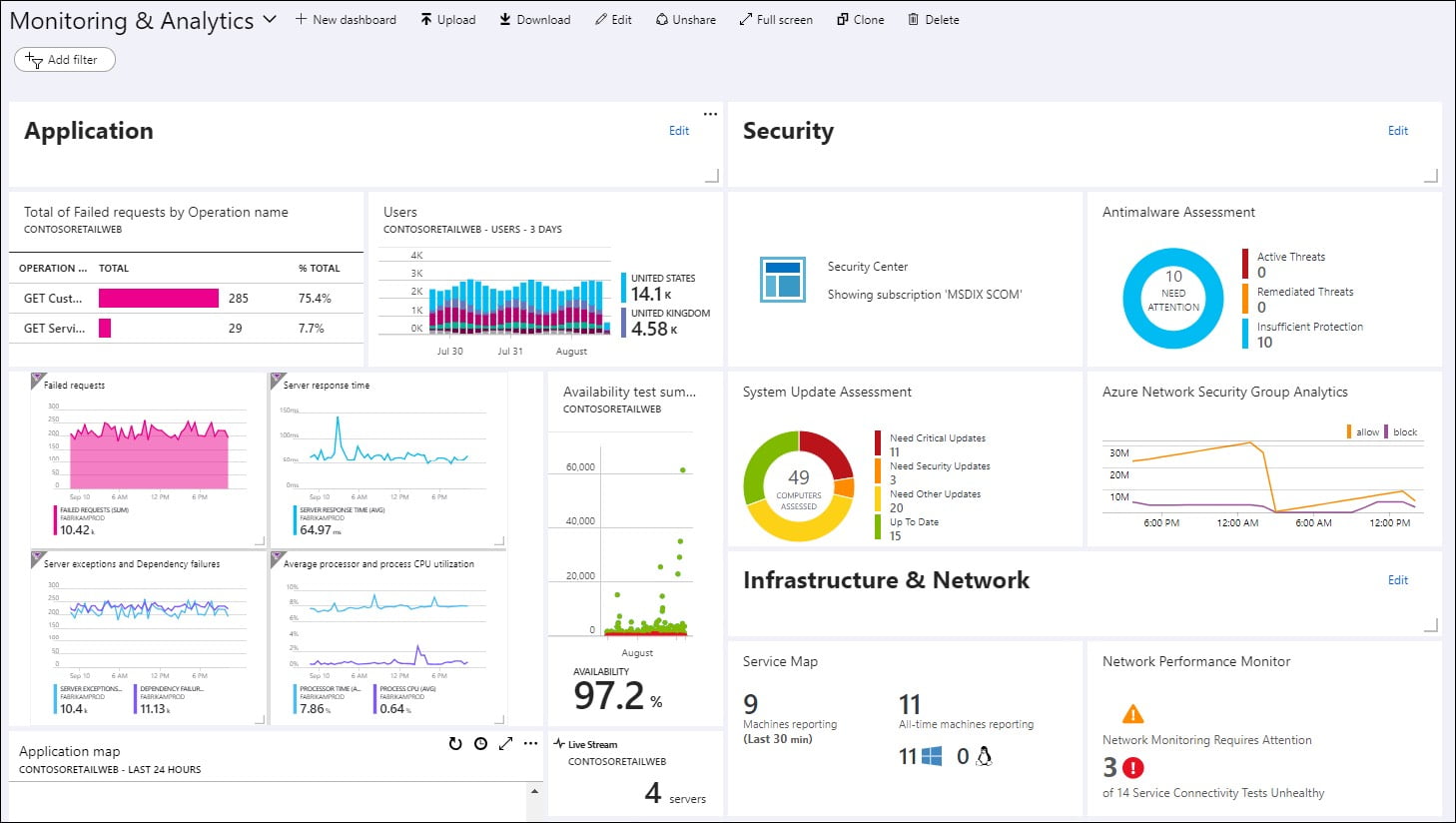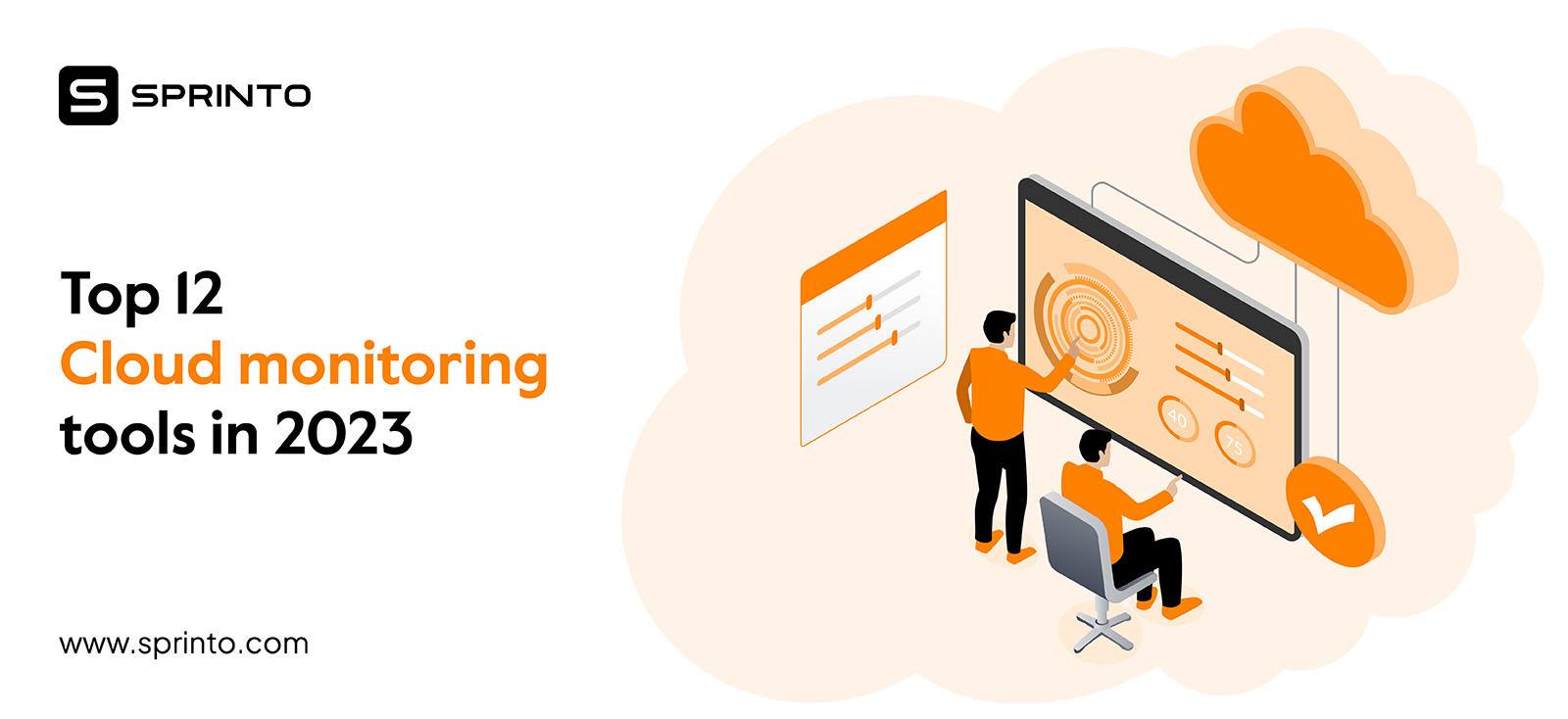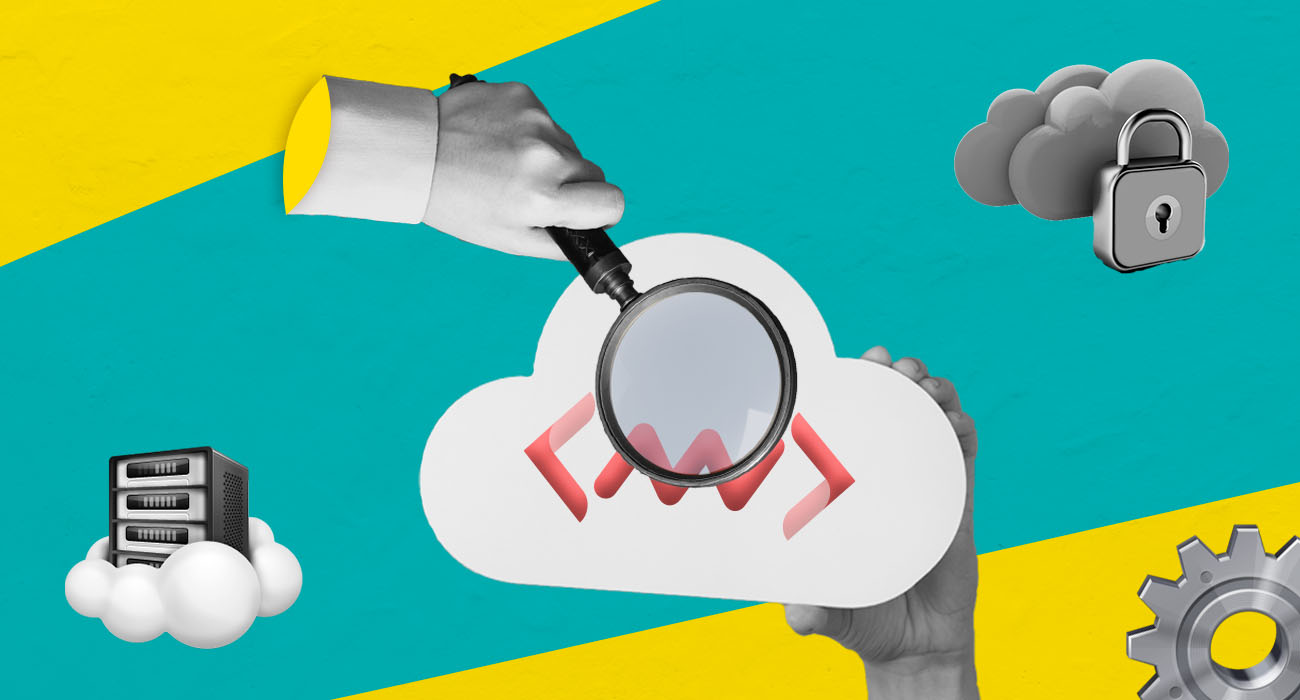
Understanding Cloud Performance Monitoring
Importance of Monitoring Performance in the Cloud
In today’s rapidly evolving digital landscape, monitoring performance in the cloud is no longer optional; it’s essential. As companies increasingly shift their infrastructures to cloud solutions, maintaining optimal performance becomes critical for user satisfaction and business continuity. By keeping a close eye on performance metrics, organizations can proactively identify issues, allocate resources efficiently, and ensure reliability.
Benefits of Effective Cloud Performance Monitoring
The advantages of effective cloud performance monitoring are numerous and transformative:
- Enhanced User Experience: Quick response times lead to happier customers.
- Cost Optimization: Identifying resource overuse helps minimize unnecessary spending.
- Proactive Issue Resolution: Early detection of anomalies helps mitigate downtime.
- Data-Driven Decisions: Insights gathered allow for strategic upgrades and growth planning.
For instance, a recent case revealed that a company reduced costs by 30% simply by optimizing its resource utilization through persistent cloud performance monitoring. Embracing this practice not only safeguards your operations but also enhances your business’s overall agility.

Essential Tools for Cloud Performance Monitoring
Real-time Monitoring Tools
When it comes to cloud performance monitoring, real-time monitoring tools are the frontline warriors. These tools enable organizations to visualize metrics such as CPU utilization, memory usage, and response times as they happen. Imagine receiving instant updates on application performance right on your dashboard!
Logging and Analysis Tools
Logging and analysis tools complement real-time monitoring by diving deeper into performance data post-event. They gather logs from various applications and environments, making it easier to troubleshoot and gather insights. Popular tools like ELK Stack and Splunk can help identify trends and uncover recurring issues.
Alerting and Notification Tools
Finally, alerting and notification tools act like your cloud’s watchdog, ensuring that no performance dip goes unnoticed. With customizable alerts, teams can be notified via email or SMS when metrics exceed threshold values, allowing for quick intervention.
Having the right mix of these tools empowers businesses to maintain optimal performance and respond swiftly to any challenges.

Key Metrics to Track for Cloud Performance
Response Time
Response time is a vital metric that directly reflects user satisfaction. It indicates how quickly an application responds to requests. For instance, if your e-commerce site takes longer than three seconds to load, you might lose potential customers.
Resource Utilization
Resource utilization gives insights into how effectively your cloud resources—like CPU, memory, and bandwidth—are being used. High utilization may signal that you need to upscale, while low utilization can indicate wasted resources. Tracking this metric helps optimize costs.
Error Rates
Monitoring error rates is crucial for maintaining service quality. This metric alerts you to any failures within your applications, allowing for timely interventions to enhance user experiences. Keeping track of patterns can reveal underlying issues.
Scalability Metrics
Lastly, scalability metrics determine how well your application can handle increased loads. By measuring factors like load times during peak traffic, organizations can ensure they are prepared for unexpected surges.
Together, tracking these key metrics fosters a proactive approach to cloud performance management, safeguarding both reliability and user satisfaction.
Best Practices for Effective Cloud Performance Monitoring
Setting Baselines and Thresholds
One of the foundational best practices in cloud performance monitoring is establishing clear baselines and thresholds. By analyzing historical performance data, organizations can set benchmarks for normal activity. For example, if your site typically handles 50 transactions per minute seamlessly, setting a threshold at 70 allows you to monitor for potential strain on resources.
Implementing Auto-scaling Strategies
Implementing auto-scaling strategies is another essential practice that enhances performance without manual intervention. This approach automatically adjusts your cloud resources based on current demand. Imagine a sudden rush during a holiday sale—auto-scaling ensures your application remains responsive and available, avoiding potential revenue loss.
Continuous Improvement through Data Analysis
Lastly, continuous improvement through data analysis helps organizations adapt to changing requirements. Regularly reviewing performance metrics and identifying trends allows for targeted optimizations. For instance, after analyzing user patterns, you might discover opportunities to enhance your application’s speed during peak hours.
Employing these best practices fosters an agile approach to cloud performance monitoring, enabling organizations to respond proactively while enhancing user satisfaction.

Performance Optimization in the Cloud
Identifying Bottlenecks
When it comes to performance optimization in the cloud, the first step is identifying bottlenecks. These are the areas where processes slow down, impacting your application’s efficiency. By analyzing key metrics, such as response time and resource utilization, you can pinpoint issues. For instance, if you notice prolonged load times during peak hours, it’s time to investigate further.
Resource Allocation Strategies
Effective resource allocation strategies are crucial for optimizing cloud performance. This may involve distributing workloads evenly across instances or resizing resources to match application demand. For example, employing a container orchestration platform like Kubernetes allows automatic distribution of workloads, ensuring that no single instance becomes a bottleneck.
Performance Tuning Techniques
Finally, performance tuning techniques can significantly enhance application efficiency. This might include optimizing database queries, compressing files for faster downloads, or caching static content to improve load times. A personal story I encountered involved tweaking database indices, resulting in a dramatic 40% increase in query response speed!
By embracing these strategies for performance optimization, organizations can ensure their cloud applications run smoothly, enhancing both user experience and operational efficiency.

Case Studies: Successful Cloud Performance Monitoring Implementations
Company A: Achieving High Availability
Let’s dive into Company A, a leading e-commerce platform, which faced significant downtime that impacted user trust. They implemented a robust cloud performance monitoring solution that provided real-time insights into their application’s health. By setting up automated alerts for potential failures and leveraging auto-scaling, they achieved an impressive 99.9% uptime. This proactive approach not only maintained high availability but also fostered a loyal customer base.
Company B: Optimizing Cost Efficiency
On the other hand, Company B, a SaaS provider, realized they were overspending on unused resources. By utilizing resource utilization metrics, they identified underutilized instances and deprovisioned them. Implementing a cloud performance monitoring strategy that included regular audits allowed them to achieve a striking 30% reduction in cloud costs. This newfound cost efficiency enabled them to invest more in feature development, ultimately driving user engagement.
These case studies illustrate how effective cloud performance monitoring can lead to substantial operational benefits, proving its invaluable role in today’s competitive landscape.
Future Trends in Cloud Performance Monitoring
Machine Learning Applications
As we look toward the future of cloud performance monitoring, machine learning applications are at the forefront. These intelligent systems can analyze vast amounts of performance data to detect anomalies in real-time. Imagine having an automated system that learns from past performance issues and preemptively suggests solutions! This technology not only enhances response times but also reduces manual workloads for IT teams.
Predictive Analytics for Performance Optimization
Another exciting trend is the rise of predictive analytics for performance optimization. By leveraging historical data, cloud monitoring tools can forecast future performance issues before they arise. For instance, if a particular application consistently experiences high traffic during specific times, predictive analytics can suggest preemptive scaling measures to ensure smooth operation.
These innovations promise to make cloud performance monitoring more proactive and efficient, ultimately leading to improved user experiences and operational excellence. Embracing these trends not only prepares organizations for the future but also secures their competitive edge.

Conclusion and Key Takeaways
Recap of Essential Tools and Metrics
In wrapping up our exploration of cloud performance monitoring, it’s crucial to revisit the essential tools and metrics we’ve discussed. Tools like real-time monitoring, logging, and alerting systems serve as the backbone of robust performance management. Key metrics such as response time, resource utilization, error rates, and scalability metrics are vital for maintaining optimal application health. Regularly tracking these elements ensures organizations remain agile and responsive to user needs.
Importance of Proactive Monitoring in Cloud Environments
The importance of proactive monitoring in cloud environments cannot be overstated. By adopting a proactive stance—anticipating issues before they impact performance—organizations can not only enhance user satisfaction but also drive cost efficiency and resource optimization. From personal experiences in cloud management, I’ve seen how proactive measures can transform potential crises into manageable challenges.
In conclusion, investing in effective cloud monitoring tools and practices doesn’t just safeguard operations; it positions businesses for sustained growth and success in a dynamic digital landscape.

